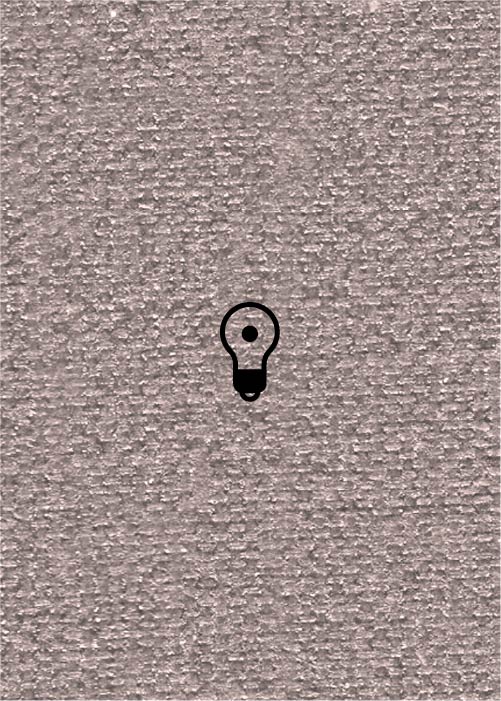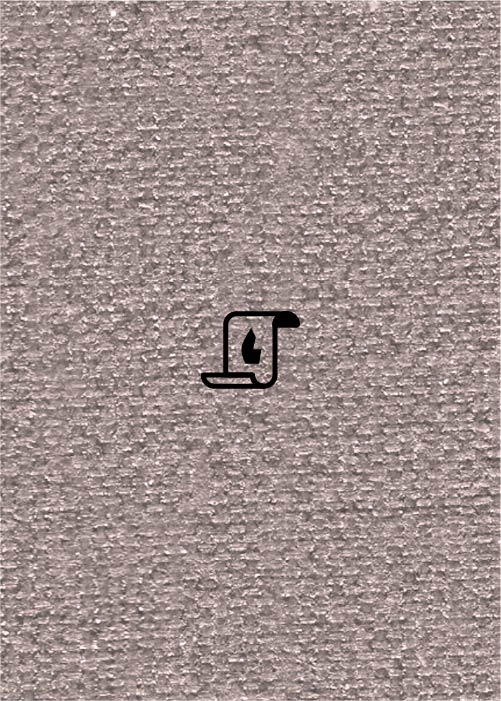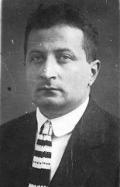(666 results found)

Mitsve-tants (LKT)
… deed] of dancing with or for the bride. Among Jews from the Bukovina region where Hasidism was … There also it was the same custom among the Hungarian Jews.” Ben-Ezra 1965, p. 27 . “When a girl becomes a wife, … be added the ethnographer of Lithuanian and White Russian Jews, Moshe Berlin, who brings in his study only the …

«A Special Kind of Antisemitism»: On Russian Nationalism and Jewish Music
… roughly 1200 students, were Jewish. This was at a time when Jews formed roughly four percent of the total Russian … rest of the Russian educational world strenuously denied Jews entry, Russia’s greatest musical academy welcomed them … in large part to the shared obsession of Russians and Jews with the dramatic spectacle of Jewish musicians at the …

Betlers-tants (LKT)
… many due to the impoverished economic situation of most Jews at this time) were invited to feast; in return for, or …

Khosid/Khosidl (LKT)
… deed] of dancing with or for the bride. Among Jews from the Bukovina region where Hasidism was … a specific repertoire for Hungarian and Yiddish-speaking Jews consisting of core-repertoire dances of the freylekhs …

Bulgar (LKT)
… the part of Bessarabian Gypsy musicians. A favorite among Jews and non-Jews throughout Romania and beyond, this particular tune is … dances were varied according to generation... Middle-aged Jews would dance [sic] ‘balgareske,’ ‘kozatshok’ , and …

Doyne (LKT)
… Although the doina is quintessentially identified with Jews from Romania and the southern Ukraine, by the early … of the origin and the meaning of the doina.... The Jews adopted the Moldavian doina, and not only the genre as … are not typical of doina. No doubt that influenced what the Jews considered taksim; it is possible that some Turkish …

Taksim (LKT)
… are not typical of doina. No doubt that influenced what the Jews considered taksim; it is possible that some Turkish …

Volekh (LKT)
… melody ( beniggun valuchu ) was because in Walachia the Jews suffered the greatest cruelties of the tyrants … in which only the first and third beats are accented. Among Jews, the volekhl is most often played in conjunction with … volekhls, shers, kozakl, polke ... Eastern European Jews were accustomed to invite each guest to an especially …
Yekhiel Yeshaye Trunk
… of many books. Full biography at The YIVO Encyclopedia Jews in Eastern Europe (Author: Jan Schwarz) A list of his …

Fatsheylke-tants (LKT)
… at the end of each citation. “Fatsheylke tants...The Jews observed closely an old tradition. Honored guests had a …



